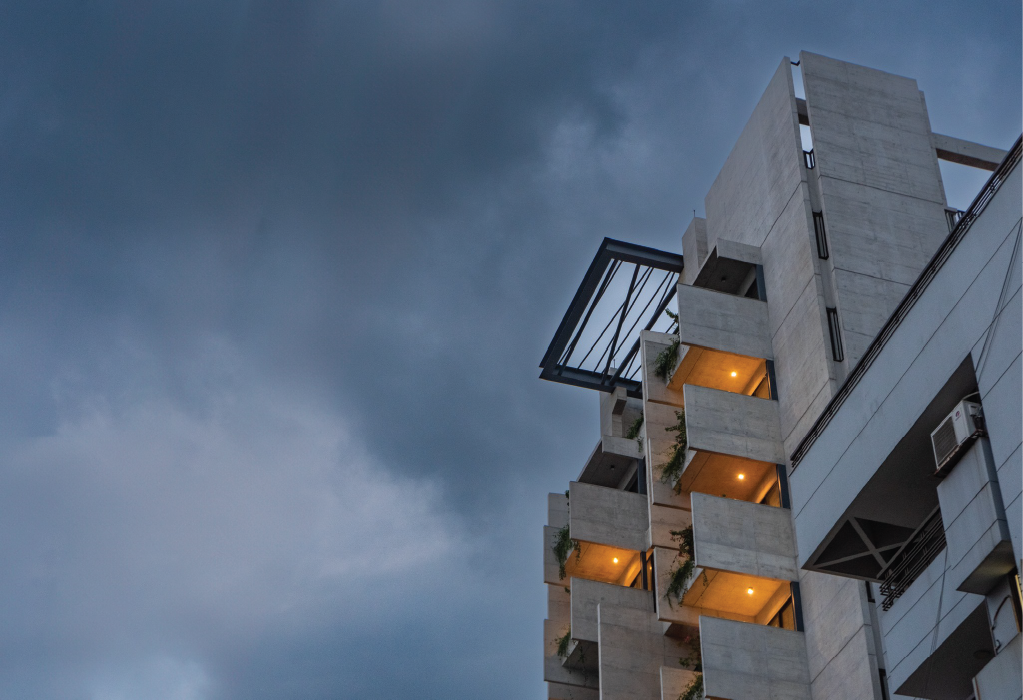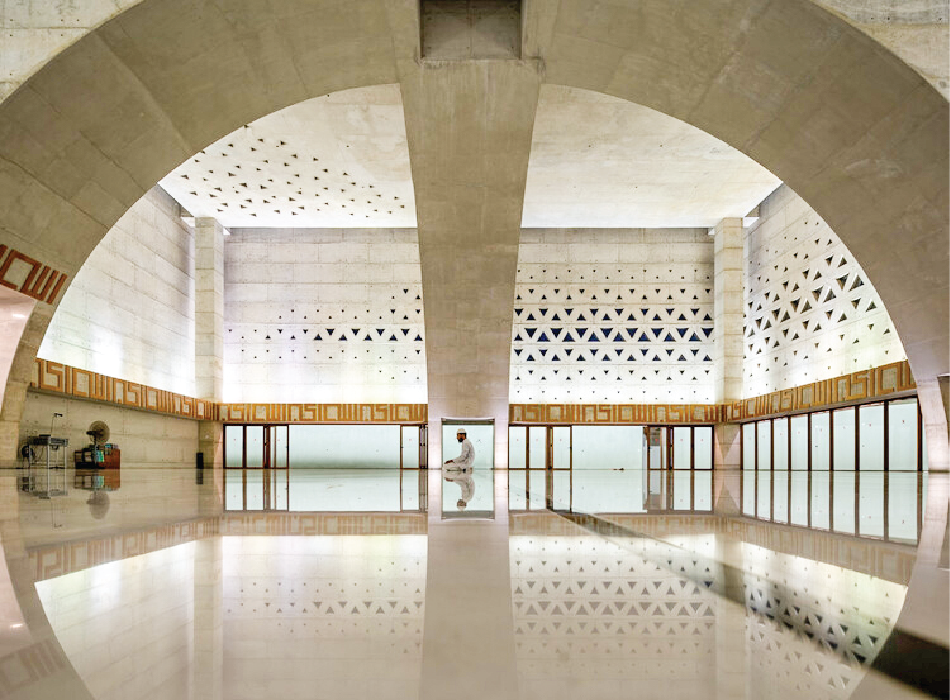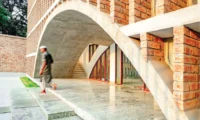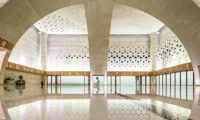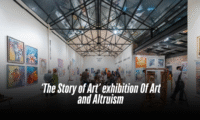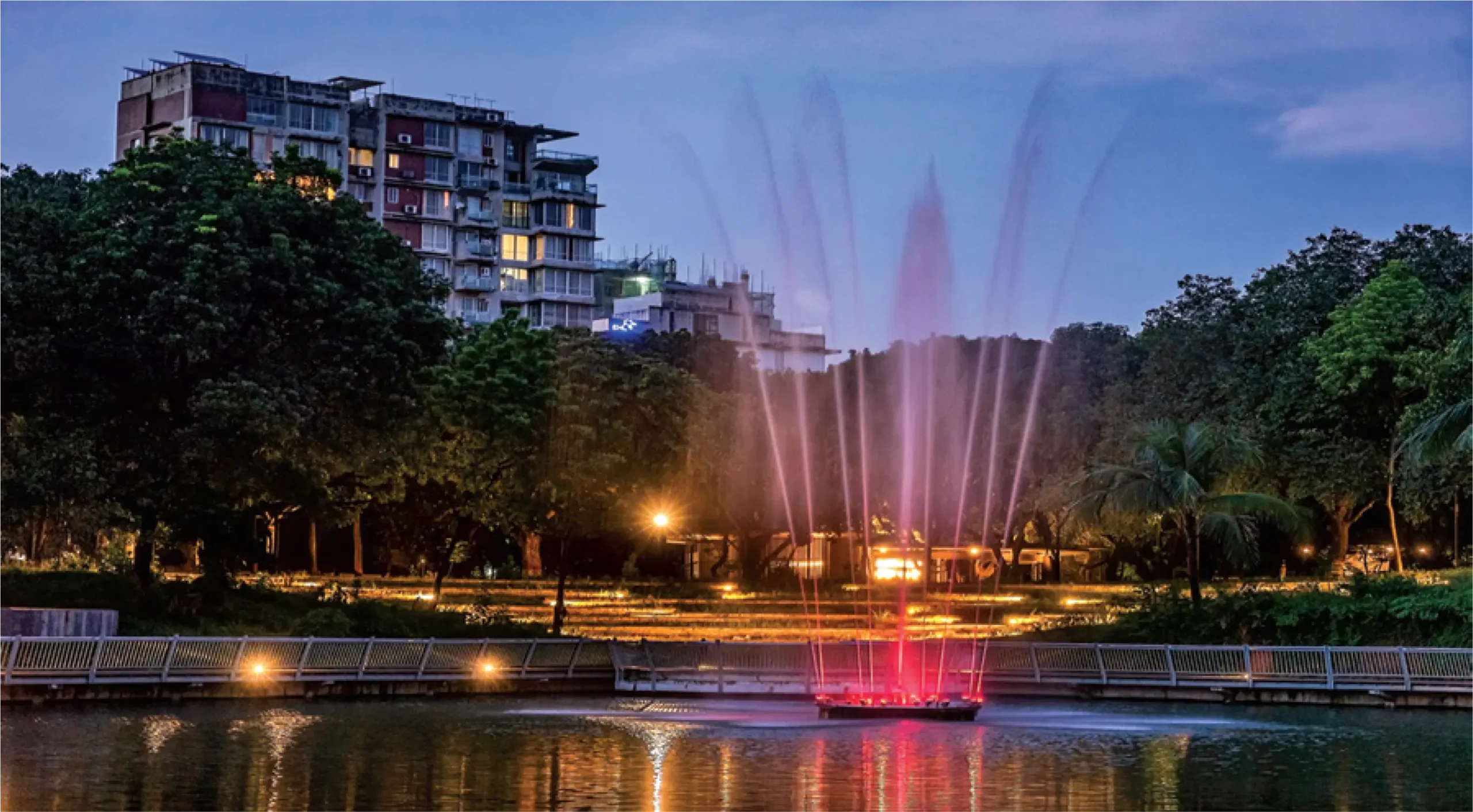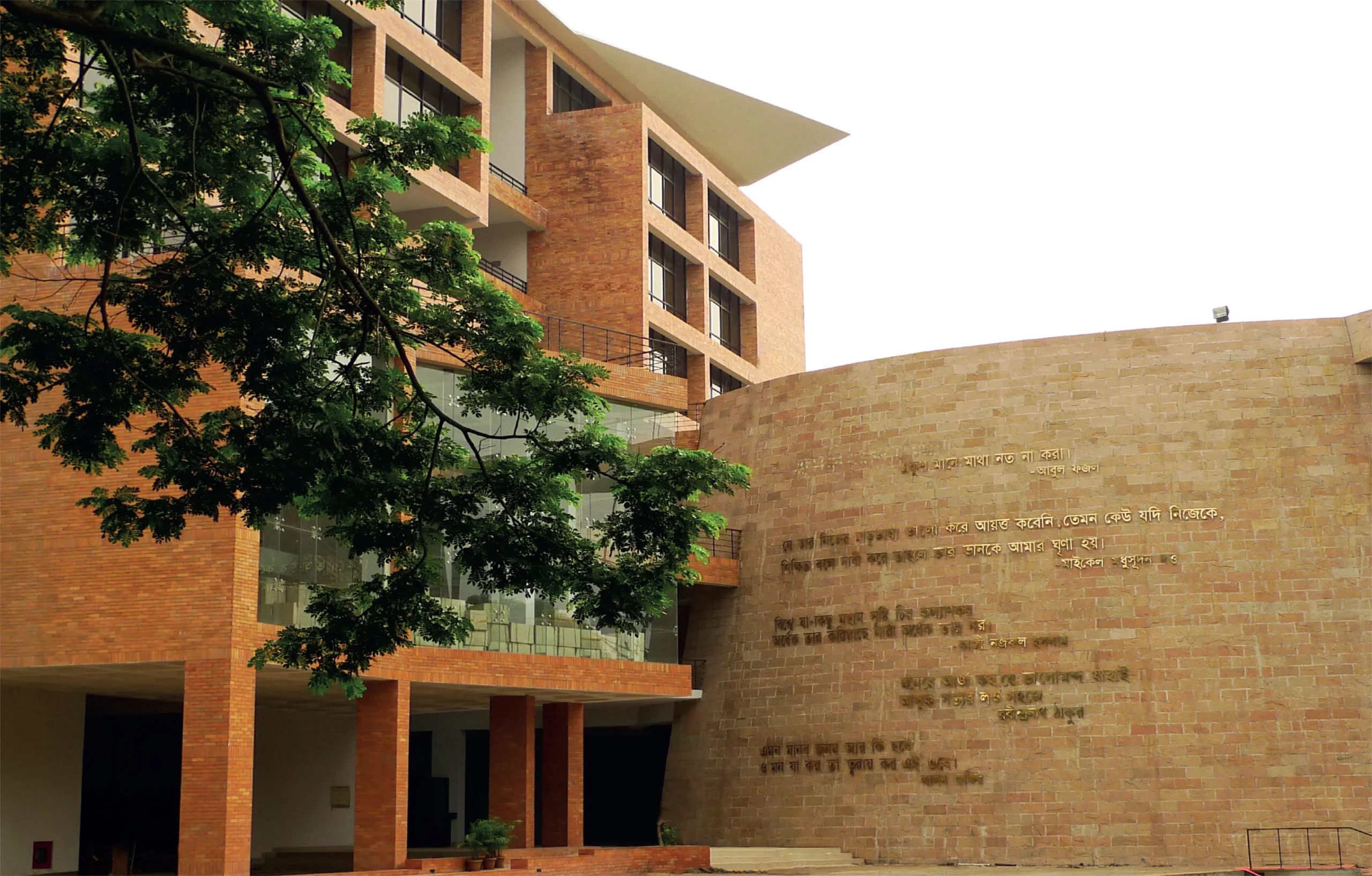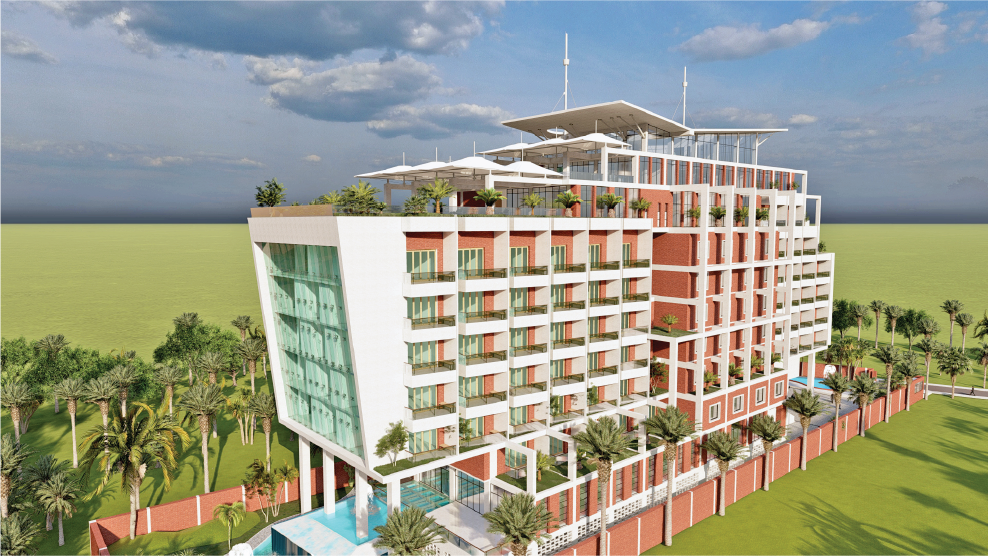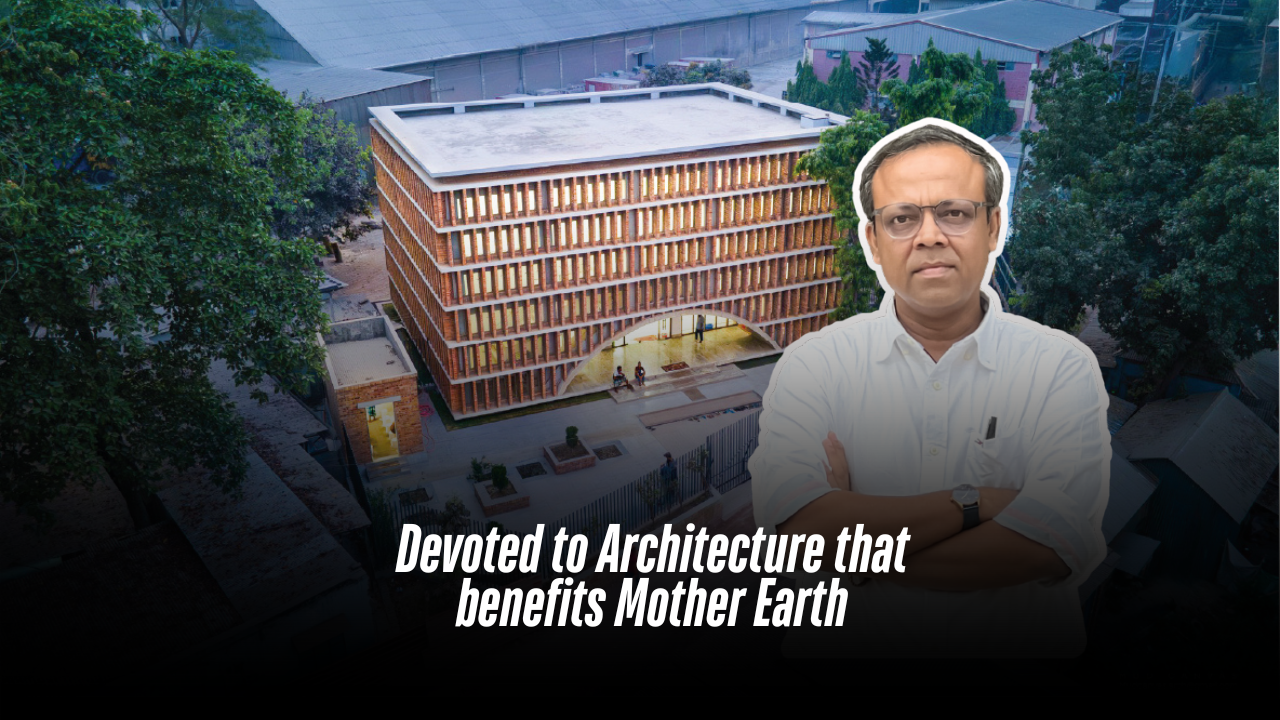
Architecture is one of the most profound forms of art that turns into reality, where humans and the environment interact. From the outset of Architect Bayejid Mahbub Khondker’s celebrated career, his design inspiration has consistently driven him to create impactful designs that seamlessly integrate with their surroundings, enhancing natural beauty without causing disruption.
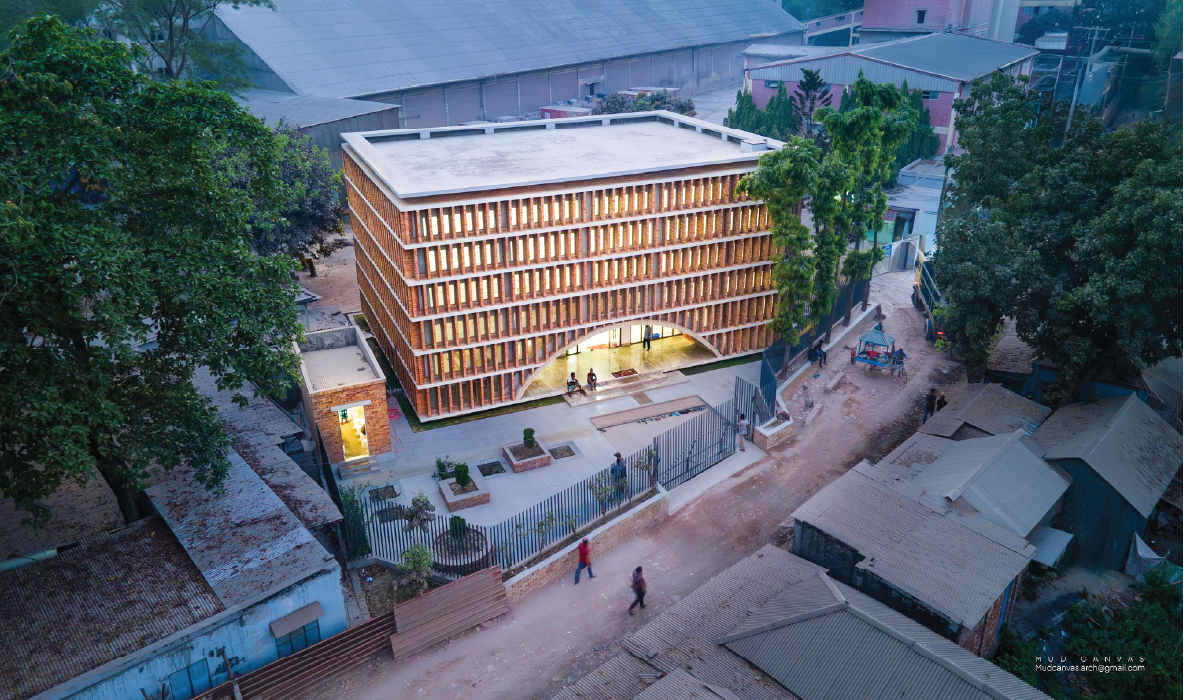
Bayejid graduated from the Department of Architecture at the Bangladesh University of Engineering and Technology in 1996. Following his graduation, he spent two years contributing to the private sector before transitioning to the government sector in 2000. Up until 2010, he served as assistant chief architect at the Department of Architecture under the Ministry of Housing and Public Works in Bangladesh.
“Like any other art form, architecture thrives on creative freedom. The constraints of a government position limited my ability to fully nurture this creativity. Thus, I chose to take early retirement and established my own firm, Nakshabid,” he explained.
In the 14 years since the inception of Nakshabid, Architect Bayejid’s career has taken interesting turns. His portfolio now comprises a diverse range of projects, from residential buildings to factories, hospitals to museums, ports to cities, and even cemeteries to mosques. He has truly designed it all.
“In developed countries, architecture is practiced in a quite specialized manner. For example, there are distinct architects for aviation facilities or medical centers. Bangladesh, being a very small country, has a more generalized approach to architecture. As a result, as an architect, we get to design a wide variety of structures. This can be seen as both a blessing and a challenge,” he added.
As an architect, Bayejid highly prioritizes sustainable and eco-friendly structures for both urban cities and remote areas. The architect emphasizes that global warming has heightened the importance of environmental sustainability, compelling architects to play a crucial role in reducing global carbon emissions and transforming current design paradigms.
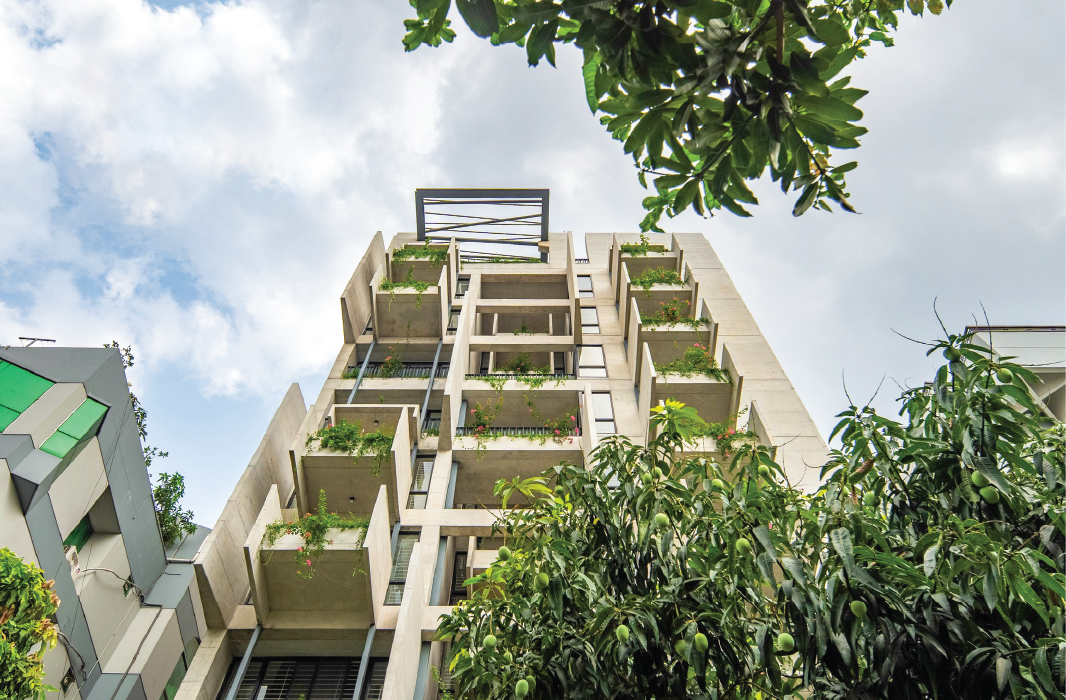
“I take pleasure in incorporating local and sustainable materials into my designs. For instance, using glass in the exterior of a building is not always essential. I prefer to avoid it unless necessary, opting instead for locally available materials that can significantly enhance the aesthetics. This approach not only supports sustainability but also values local resources. However, I am not opposed to using imported materials; I incorporate them when the situation demands,” he opined.
Believing in the aforementioned notion, Bayejid approached the interior design of Hotel Nandini with a focus on minimalist elegance, utilizing locally seasoned materials like Koroi wood, Gaab, sea grass, and bamboo. A touch of imported steel, weathered locally, adds structural integrity. The exterior design effortlessly blends glass with artisanal wooden craftsmanship, giving the boutique hotel a distinctive and visually captivating appeal. A standout establishment in the surroundings.
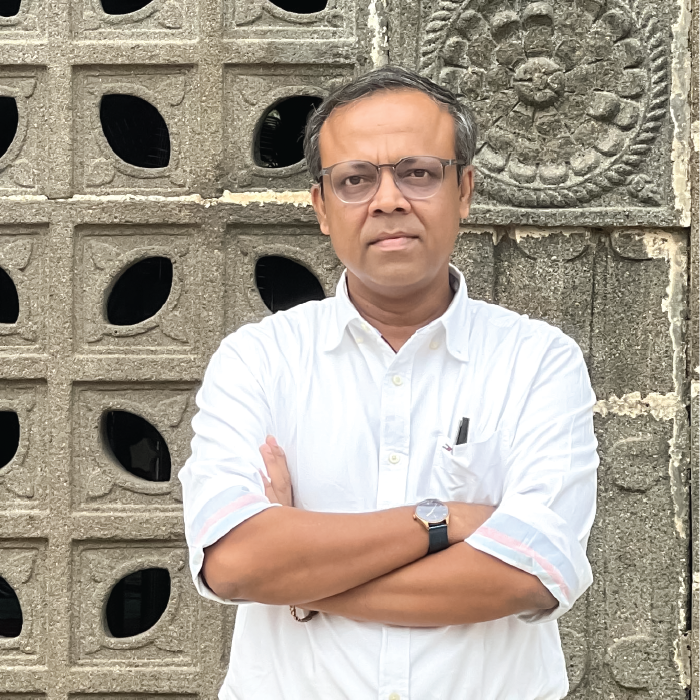
When asked about his favorite projects to date, Bayejid found it challenging to single out any, as each one holds a special place in his heart and has a unique story to tell. Nonetheless, the architect took a moment to highlight a few of his fondest projects, including the Nurpur Graveyard in Rangpur, Karupanya Factory in Rangpur, Aman Mosque in Narayanganj, and Hotel Nandini.
“Nurpur Graveyard transcends the conventional boundaries of typical graveyards in our context. This Muslim cemetery includes a compound that houses a primary healthcare facility and a madrasa. The entire premise is funded by nearby local communities,” he added.
The graveyard is designed to create spaces for leisure, an uncommon feature in our region. The overarching design philosophy was to create an open, inviting space that encourages local community members to visit and find solace where their loved ones rest in peace. The key concept of the project is to establish a synergy between the graveyard and community amenities.
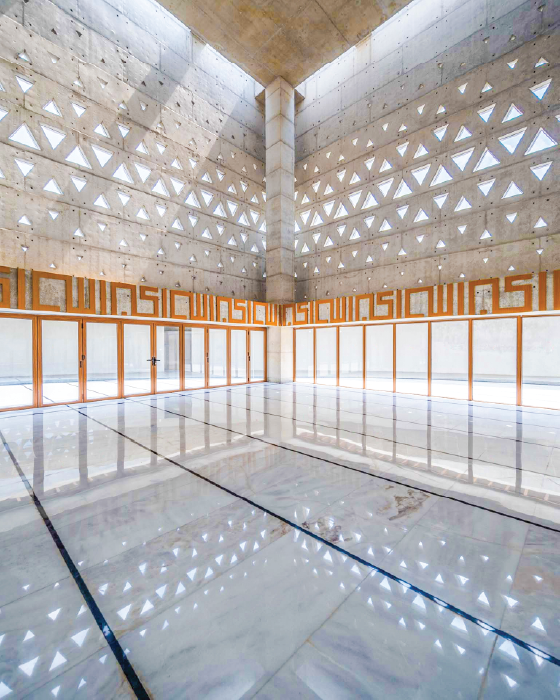
On the other hand, his iconic design, the Karupanya Factory in Rangpur, has set a new benchmark of sustainable architecture. From a distance, with the lush greenery covering all over the front of the factory, it appears like a forest. The factory is designed as an energy-efficient and climate-responsive structure that can save up to 40% on energy consumption. Energy efficiency, water efficiency, optimal use of daylight, plantation, and ecosystem preservation are its sustainable design elements.
“Traditionally, industrial spaces are viewed as environments dedicated solely to relentless work. However, this factory was conceived with a different vision. The entire compound, including the workplace, is thoughtfully designed to evoke a sense of homeliness for the workers,” said Bayejid.
The Karupannya factory project earned acclaim in the open category of the ‘UIA 2030 Award’ by the International Union of Architects (UIA) and UN-HABITAT. Architect Bayejid Mahbub Khondker received two gold medals in the Industrial Building category and a special award for Socially Responsible Architecture and Sustainability at the ARCASIA Awards for Architecture-2023 for the same project.
We asked Architect Bayejid if he has any particular style in his work, just like many profound architects have a signature style that speaks for itself. The architect did not take seconds to answer in the negative and explained his stance.
“I do not adhere to any signature style, nor do I aspire to have one in the future. Firstly, I believe that adopting a particular style limits our creativity. Secondly, the previous generation of architects had the luxury of focusing primarily on aesthetics and signature style. However, times have changed, and our natural environment is now in crisis. Our duty is to preach architecture that does not disrupt nature but rather fits in,” he concluded.



